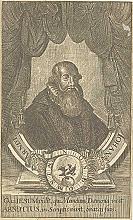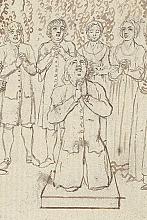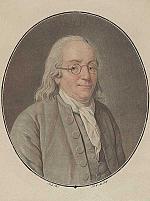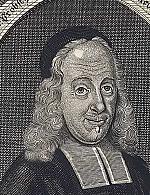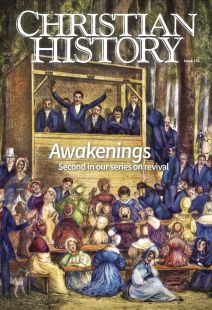Freedom to worship him
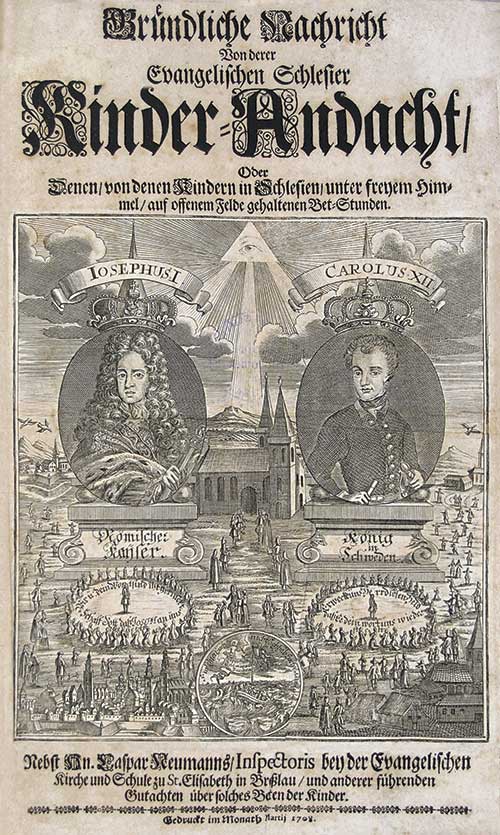
[Above: Caspar Neumann, Gründliche Nachricht Von derer Evangelischen Schlesier Kinder-Andacht, Frontispiece, 1708—Augsburg, State and City Library / [CC0-1.0] Bavarian State Library]
In 1708 people began hearing reports of something exceptional occurring in central Europe: children in Silesia were spontaneously meeting two or three times a day to sing hymns and pray together. These were not just small gatherings localized to a few communities. The children gathered by the hundreds throughout the region. And most surprisingly they were not led by adults. In many cases adults were in fact actively working to disrupt their meetings. This is known today as the Children’s Prayer Revival (Kinderbeten).
Whose land, whose religion?
Silesia is a historical region in central Europe, mostly situated within southwest Poland and creeping over the border into the Czech Republic and Germany. During the seventeenth century, Silesia was in the middle of the religious and political upheaval that followed the Reformation. During the Thirty Years’ War (1618–1648), various armies occupied Silesia as both the Catholic Habsburg monarchy and Protestant forces sought to secure control.
The Treaty of Westphalia (1648) brought a measure of peace to Europe. It established the principle of “cuius regio, eius religio” (“whose land, his religion”), which allowed rulers to determine the religion of their territories. As a result a number of Protestant churches were allowed in Silesia. In 1675, however, the Habsburg emperor, Leopold I, initiated the Catholic Reformation in Silesia. In his campaign to make Catholicism the only form of worship allowed in the region, he closed many Protestant churches and retracted religious liberties.
Silesian Protestants lived under this cloud until 1707. Fresh from his victories in the Great Northern War, Sweden’s Karl XII negotiated a treaty with Leopold I that changed the religious landscape once again. For Silesia the Treaty of Altranstädt (1706) reopened 125 Protestant churches, permitted the building of new churches in six of Silesia’s cities, and established three Protestant administrative bodies to manage Protestant affairs.
An unprecedented awakening
In this context the Children’s Prayer Revival began. According to accounts these “extraordinary motions” began in the mountainous region of Silesia in late December of 1707, on or near the Day of the Holy Innocents (December 28). Children began praying, according to one account, that “they might have liberty to serve and worship God.” They met at specific times, walking some ways from town to gather in a field or clearing. There they would sing, read Scripture, and pray, all without any clear driving force or organized means of communication among the children. The revival spread rapidly. Within weeks children ages four to fourteen were meeting two or three times a day throughout all of Silesia. Johann Wilhelm Petersen (1649–1727), a German Pietist, pastor, and mystic noted that if a storm moved as fast as this revival, people would call it miraculous:
[T]he prayer of the children spread into . . . the land of Silesia within approximately five days. If at the same time a fast-moving wind storm, a typhoon, developed and came on so fast and was moved as by a hand, without a hidden divinity we can not conceive such an impulse.
These prayer meetings swelled to three hundred children in one group, then a thousand. The meetings continued to both the chagrin and interest of observers. “Some of the minsters do behold and wink at this practice, others rage against it, and very few are pleased to see it,” stated one, Pietist Heinrich Wilhelm Ludolf. Many adults tried to curb the meetings. Church officials questioned the children. Magistrates threatened them with violence and arrest. Parents tried to prevent them from participating. But the meetings went on. Onlookers reported supernatural occurrences that protected the children, moved bystanders to worship, and halted authoritarian interference. They kept meeting and continued to do so for at least a year.
Eventually the large public prayer meetings ceased. In some places they were brought into the churches. In other locales small groups continued the movement within homes.
The Silesian Children’s Prayer Revival not only demonstrated the profound conviction of its young participants, but also left a lasting legacy. The revival’s impact extended beyond its immediate context, inspiring subsequent revivals in Moravia and influencing key figures like the Wesley brothers, leading to the establishment of the Moravian Church and the foundation of Methodism.
By Matt Forster
[Christian History originally published this article in Christian History Issue #151 in 2024]
Matt Forster is a communications professional and freelance writer living in Houston, TX.Next articles
Recovering “true Christianity”
Pietism stood at the forefront of renewal in the seventeenth and eighteenth centuries
J. Steven O’MalleyThe awakeners
Before revival swept through the colonies, God was preparing key people around the world
Randy PetersenSupport us
Christian History Institute (CHI) is a non-profit Pennsylvania corporation founded in 1982. Your donations support the continuation of this ministry
Donate



